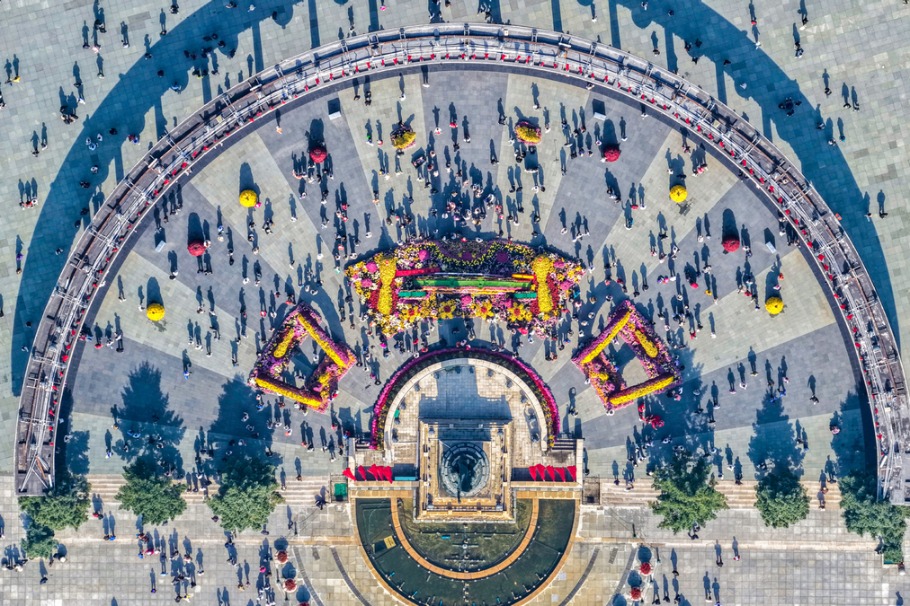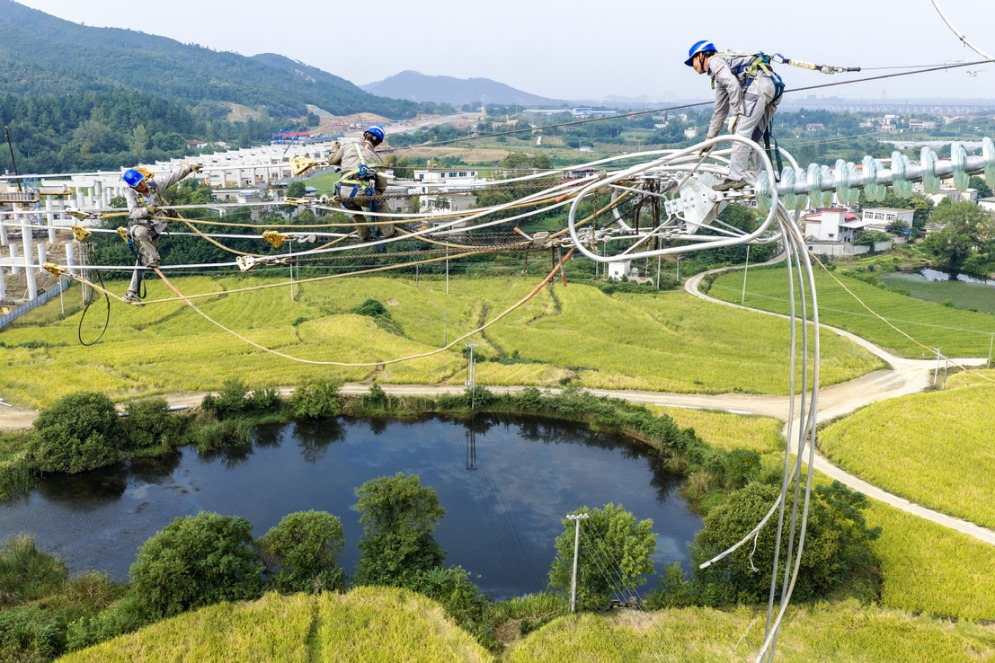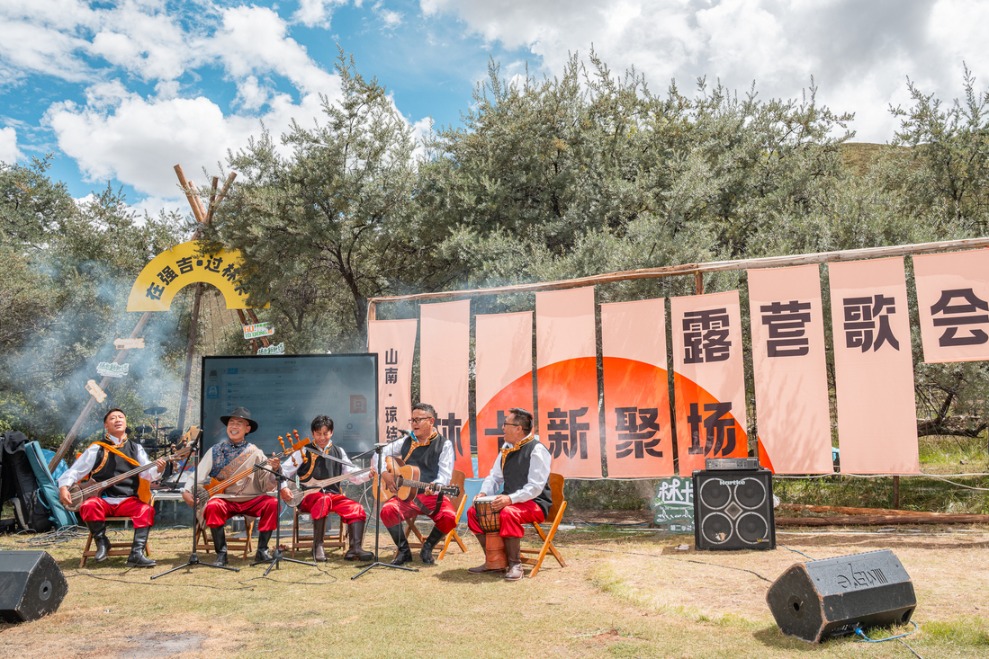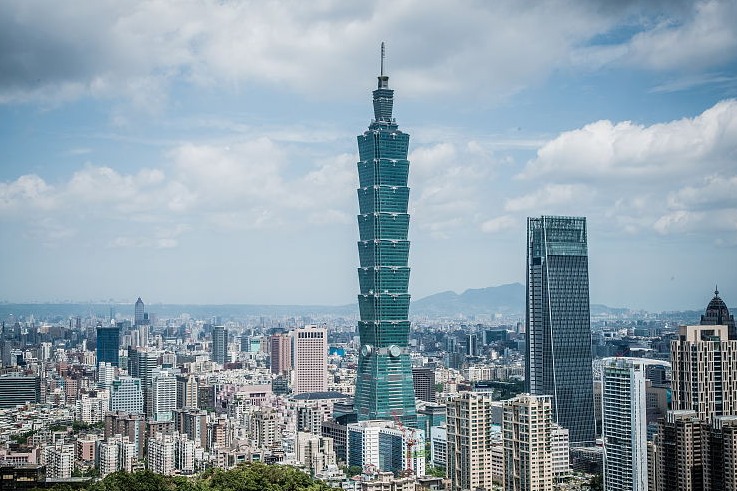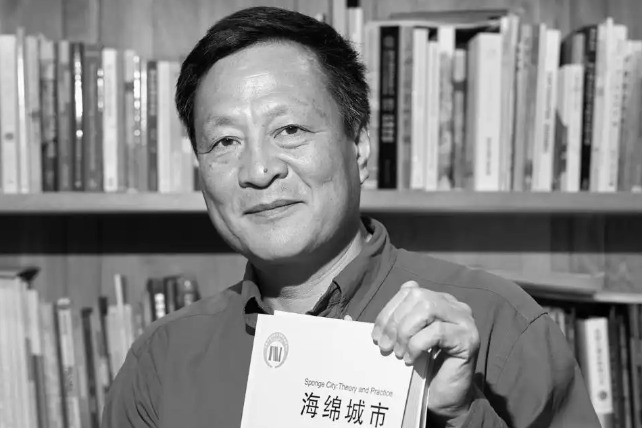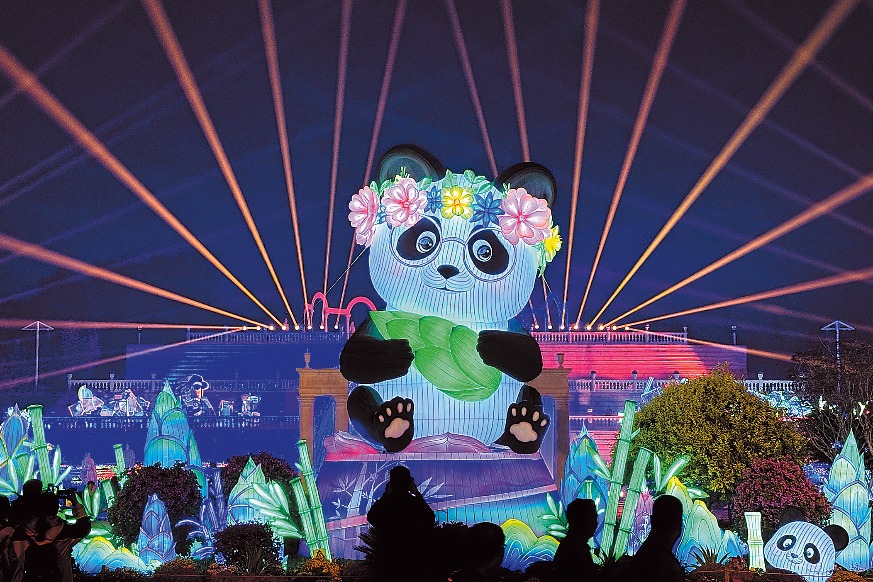Prefab proving fabulous in challenging environment

Finding building materials suitable for use on the "Roof of the World" has always been an engineering challenge - let alone actually putting them together.
So experts from Shanghai Jiao Tong University decided to do half the job elsewhere.
They are using prefabricated steel studs to construct inexpensive and environmentally friendly structures in the Tibet autonomous region. The materials can adapt to its cold and high-altitude environment with high seismic intensity.
Unlike cast-in-situ construction methods typically employed in the region, prefab buildings consist of factory-made components transported and assembled on-site to form integrated structures.
"The method realizes synchronous manufacturing of the foundation, furnishings and main components of the architecture, and only takes one-third the time of traditional cast-in-situ construction," said Yang Jian, a professor at the university's naval architecture, ocean and civil engineering school.
"It also reduces environmental and noise pollution to a minimum for the surrounding neighborhood."
In addition, the main load-carrying structure of the prefabricated buildings is steel, and only the protective and dividing walls are concrete.
"It protects the sensitive ecosystem in Tibet to the utmost as our research shows that about 35 percent of total dust kicked up during construction comes from cement," Yang said.
Based on the team's data, this innovative construction method can save 5 metric tons of construction waste per 100 square meters.
Small stones - mostly collected from local quarries - can also be smashed into a powder as a replacement for cement, said Xu Feng, another professor at the university.
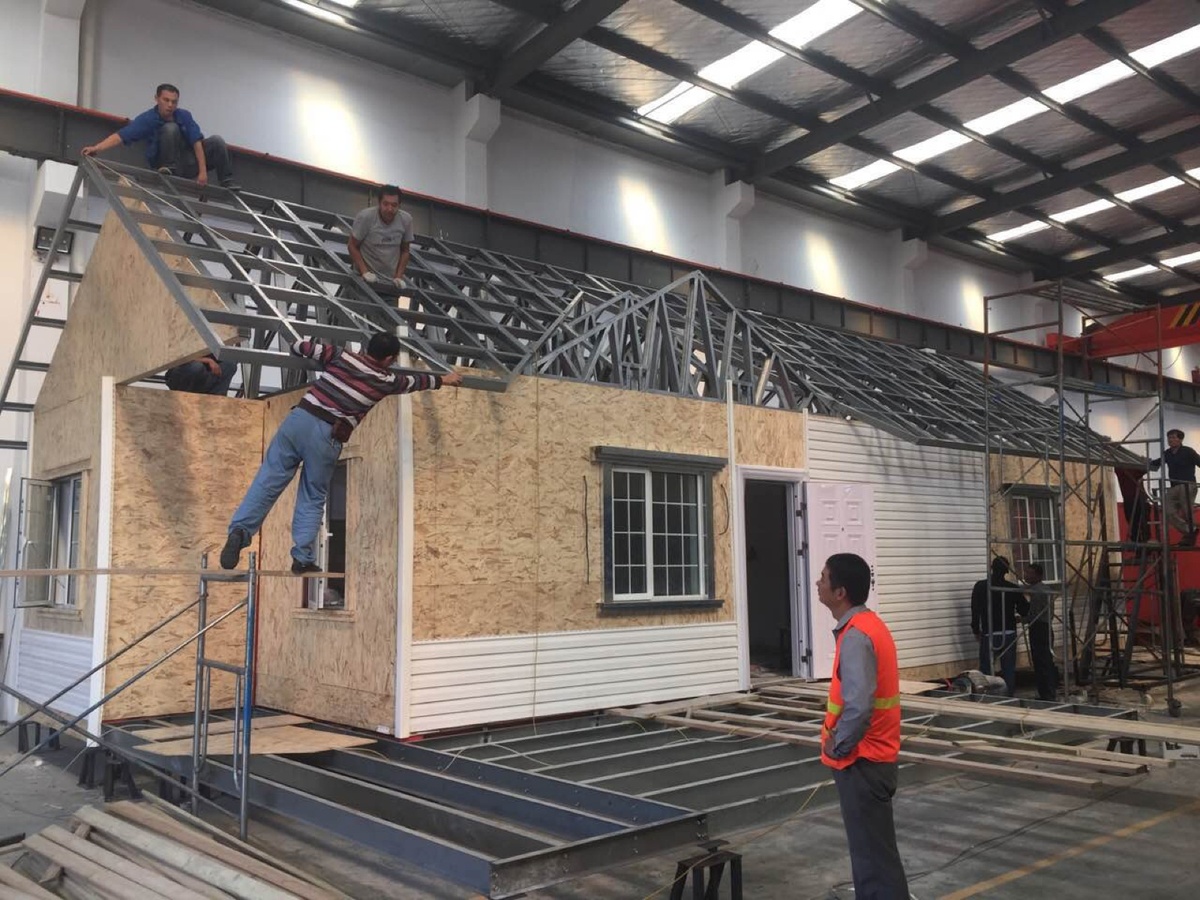
"The powder can be made into foam concrete if stirred with a foaming agent, small amounts of cement, fly ash and other raw materials," he said, adding that the foam concrete is used in the interior and exterior walls, which are made into precast wall panels and linked with thermal insulating layers.
"It's a recyclable process, as excess or unused material can be sold to domestic quarries."
Li Xinchang, deputy director of housing and urban-rural construction in Tibet, said the use of prefab buildings will speed up innovation in the region's construction sector.
Tibet's harsh and dynamic environment, frequent seismic activity and ecological fragility make on-site construction much harder and more time-consuming than in other parts of the country.
Construction can only take place between April and October, when temperatures are sufficiently warm for concrete to conform to required compressive strength levels. This means most Tibetans still live in one-story adobe and brick homes.
- China activates emergency response as Typhoon Matmo approaches
- Over 230 anticancer drugs feature in national medical insurance catalog
- South China provinces activate Level-IV emergency typhoon response
- Xi congratulates Luxembourg's Grand Duke Guillaume on enthronement
- Prison terms issued over deadly 2023 Shanxi coal company fire
- PLA Navy ships depart HKSAR after open ship events
















